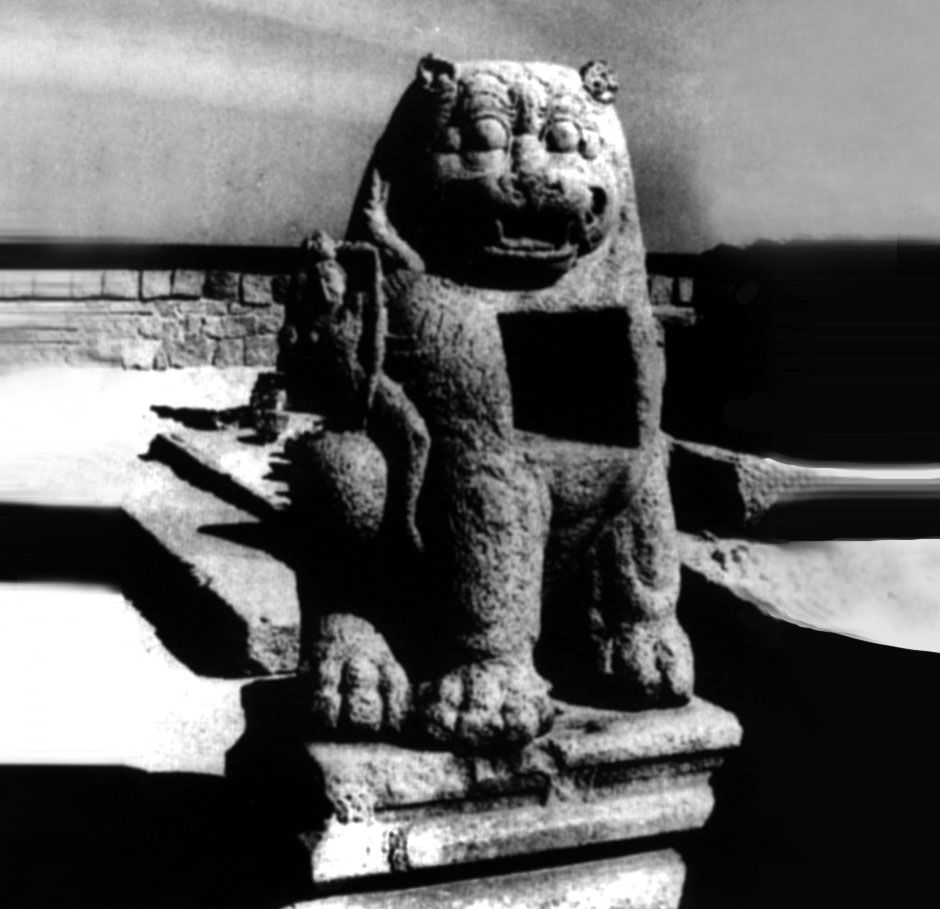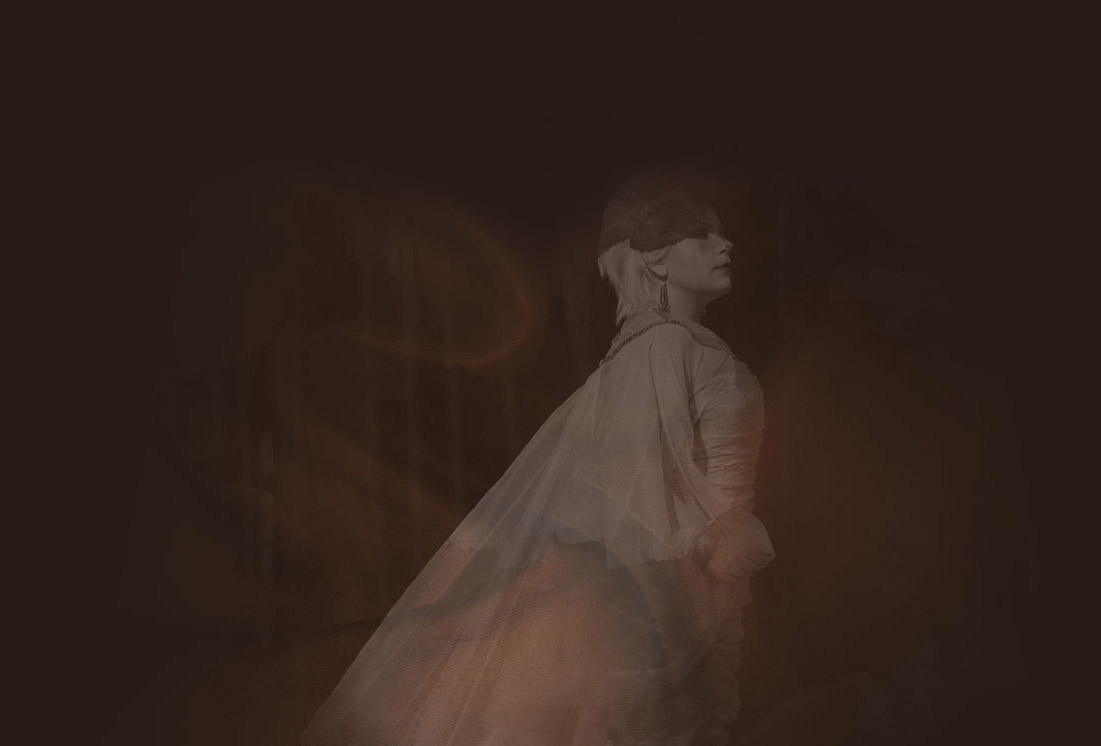The stabilizing three- dimensional basic volumetric shapes: block/cube; axis/cylinder; sphere/ovoid, and volume/ space and their coordinated derivatives-- disc, plank and frame, are the bedrock vocabulary out of which the Indian sculptor designed the statue. A vast range of approaches will include any number of combinations of the geometrically shaped monolithic units and the space with which they maintain a relationship.
Derivatives of block and cube = square and rectangle
The axis is stabile on the one hand, but it is a swelling structure in continuous transformation with cubic solidity.
One might with ease make a case against equating the ubiquitous Siva lingum with phallic symbolism, as its shape springs from generic sources. Implied in the stambha is the cylinder, the ever burgeoning axis, like the annual growth of trees, responding to life force -- pressure from within. Equating lingum with phallic symbolism is a historically recent scholarly misconception.
All pervasive in nature, the sphere is the irreducible shape. Unconscious imagery of sphere and the void that is full, and its derivatives - ovoid, disc, circumference and point, are the stuff of the artist's representations, as the structural laws of development to all points of a surface at a given distance from center are transformed in the service of art.
Collateral derivatives of sphere
An entire range from tumescent swellings with concave intervals, bold hollow/mass contrasts, subtle concave/convex undulations of surface, are the intrinsic qualities of all the styles.
Meanings and aesthetics are entirely dependent on the interrelationships of volume and volume and volume with space. Each statue was meant to play only a participatory role in the programmed, intricate and unique complex system of solid/space relationships.












